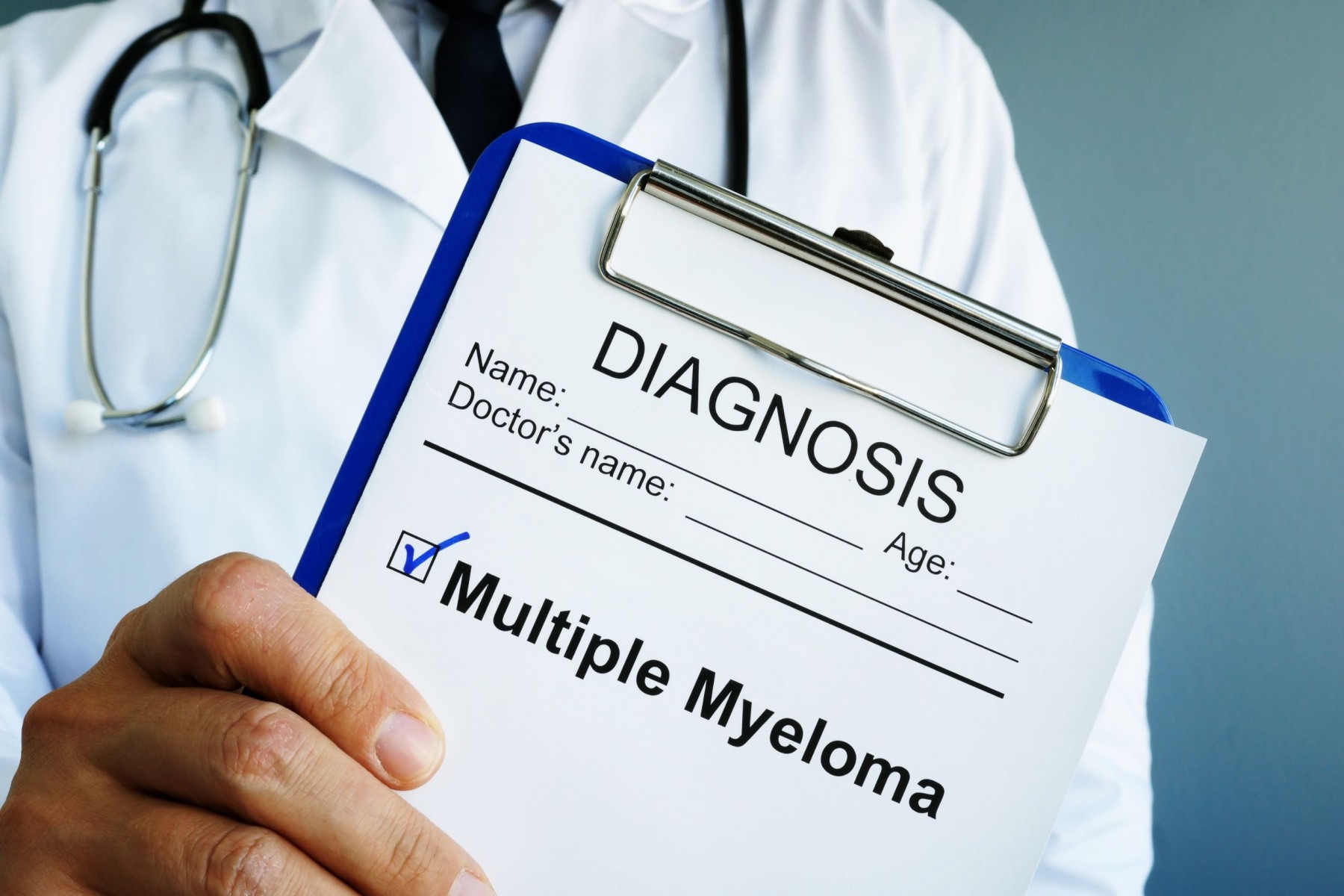Living With Multiple Myeloma
Journalist Tom Brokaw shares his struggle with cancer

Tom Brokaw spent decades delivering the news to America. Now 83, the retired journalist and NBC news anchor was recently back in the headlines for a different reason when he sat down for an interview with Jane Pauley to cover many topics, including his long battle with multiple myeloma.
The iconic broadcaster was diagnosed with blood cancer 10 years ago and has struggled since, he says.
"I've had a bad experience," Brokaw told Pauley of his illness on 'CBS News Sunday Morning.' "I kept thinking bad things wouldn't happen to me. But as I grew older, I began to develop this condition. And what you try to do is control it as much as you can."
Multiple myeloma is a relatively uncommon cancer. In 2022, the American Cancer Society estimated that nearly 35,000 new cases were diagnosed in the U.S. Of those, about 12,500 deaths occurred. While rare and incurable, multiple myeloma is still a cancer that warrants plenty of attention.
With multiple myeloma, cancerous plasma cells collect in the bone marrow, leaving little room for healthy blood cells. Rather than produce useful antibodies, the cancer cells produce abnormal proteins that can cause problems.
“Multiple Myeloma is a blood cancer, and it actually affects the white blood cells called plasma cells," says Peggy Rogers, a genetics and medical oncology nurse practitioner with OSF HealthCare. "They work to make antibodies and when they work normally all is well. But in multiple myeloma these plasma cells go awry, so to speak, and they make an abundant amount of them, which decreases a person’s immune system and can cause a lot of other health issues related to this diagnosis.”
There are several risk factors when it comes to multiple myeloma, including age, family history, and gender.
“It is not very common. It’s only about 1-2 % of patients affected with cancer," says Rogers. "Typically it affects people 65 and over, predominantly seen in males and higher frequency in the African American population and we’ve also seen it in men affected by Agent Orange.”
Multiple myeloma symptoms vary. In fact, there may be no symptoms early on in the disease. But if you are experiencing nausea, loss of appetite, unexplained weight loss or frequent infections, some investigation might be in order.
“Patients oftentimes can present with renal dysfunction," says Rogers. "They can have bone pain, anemia, and they may have frequent infections as well.”
Treatment depends on how advanced the cancer is and whether there are any symptoms. If there are symptoms, treatment may include chemotherapy, stem cell transplantation, radiation, or targeted therapy, which uses drugs to attack specific cancer cells with minimal damage to healthy cells. If there are no symptoms, treatment may not be needed right away.
“It is very treatable and patients do well with therapy," says Rogers. "They will likely be on some type of maintenance therapy for the duration. They are living longer and having more success in longer intervals between treatments.”
For more information about cancer services, visit OSF HealthCare.

